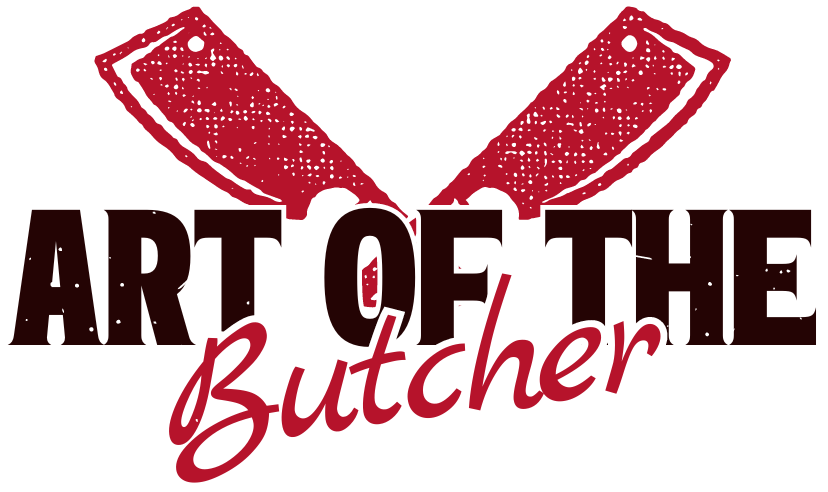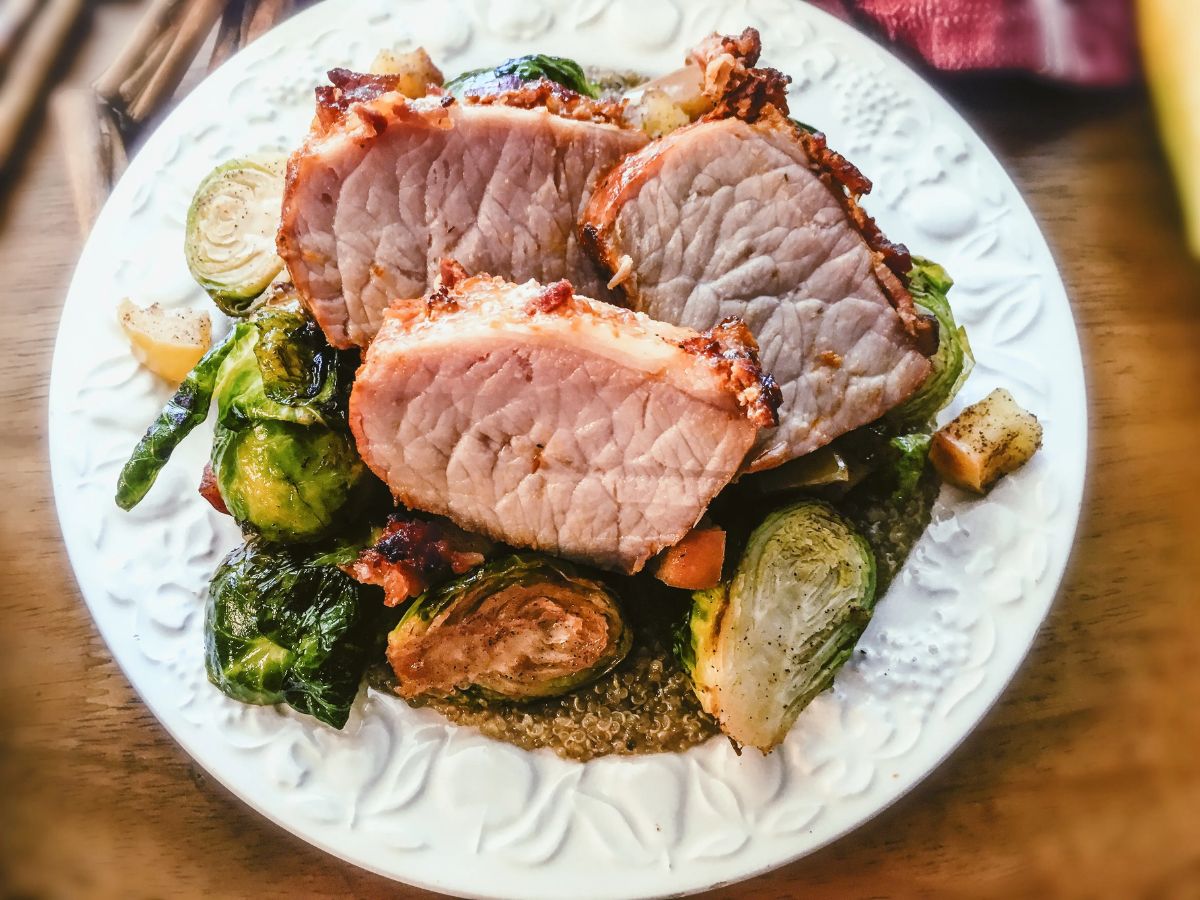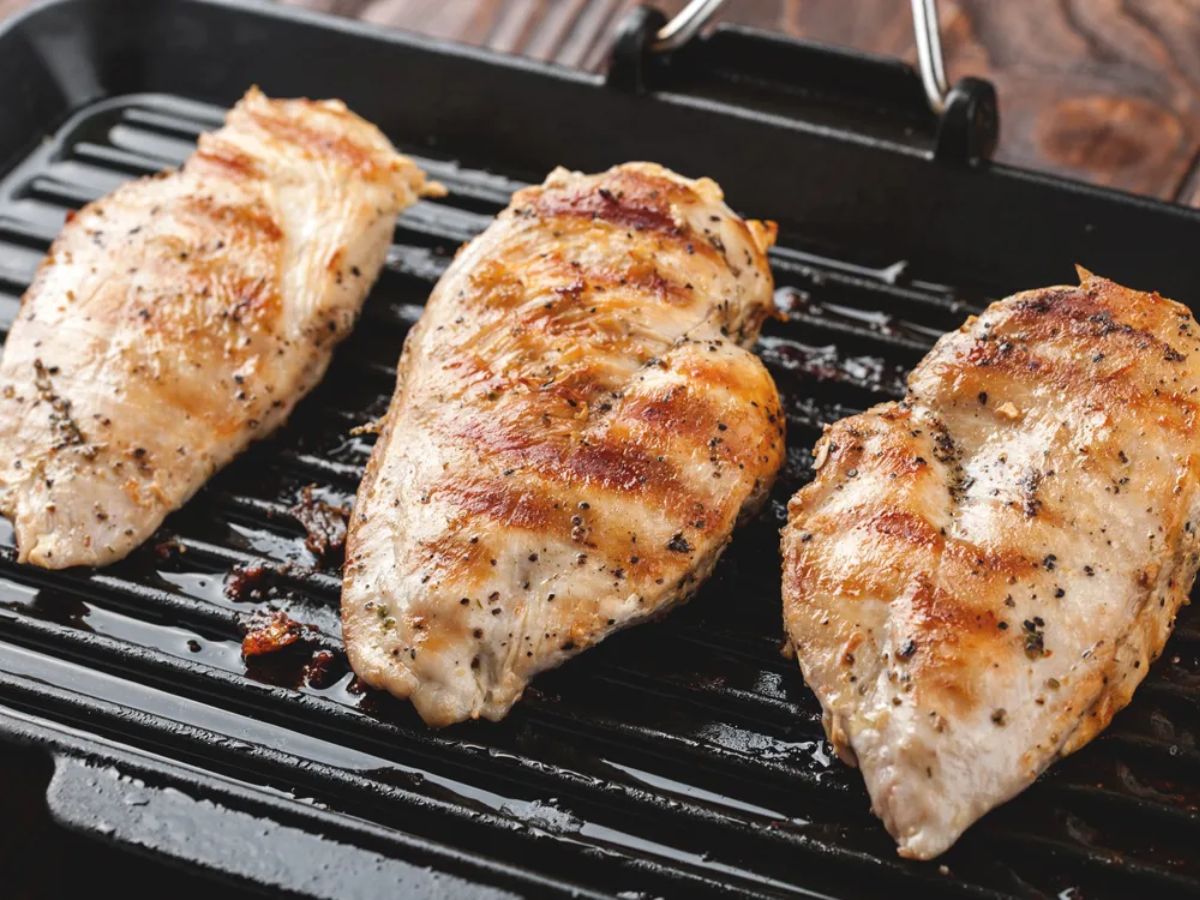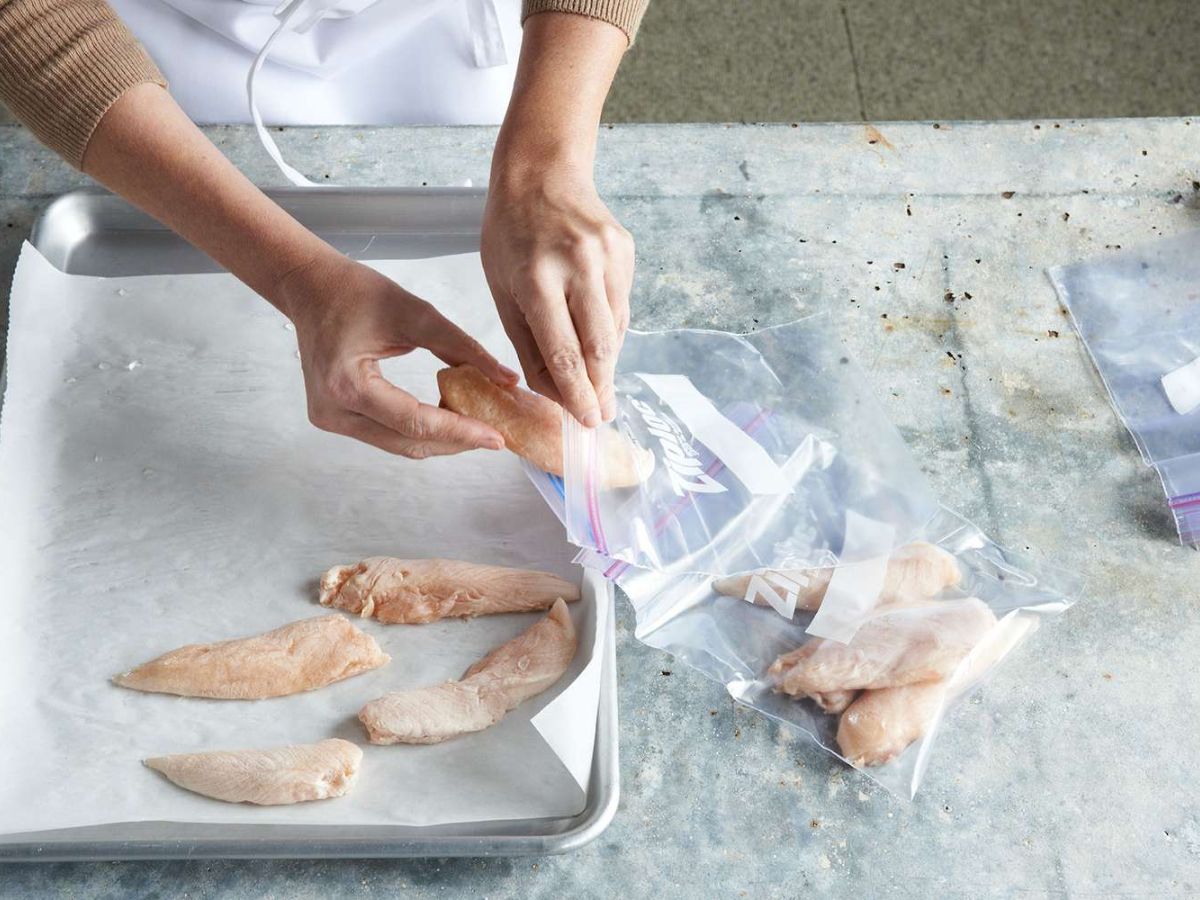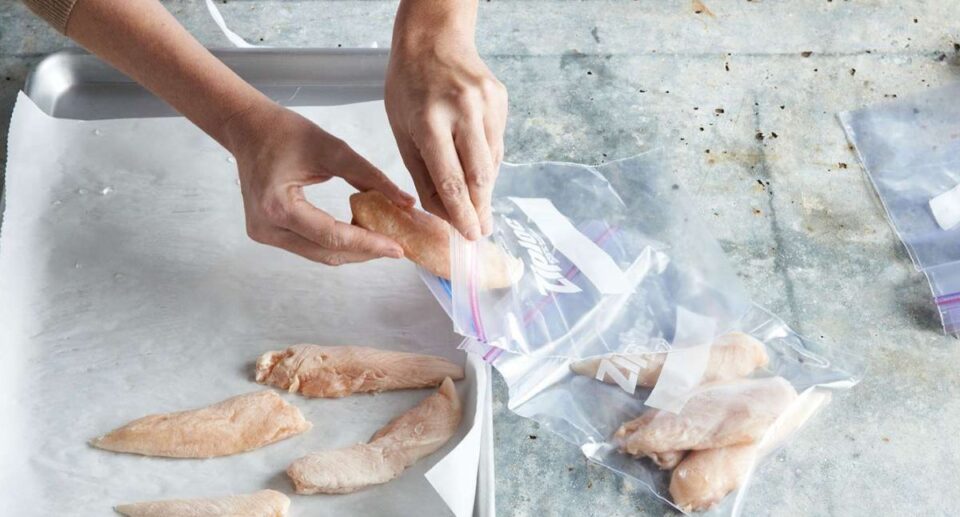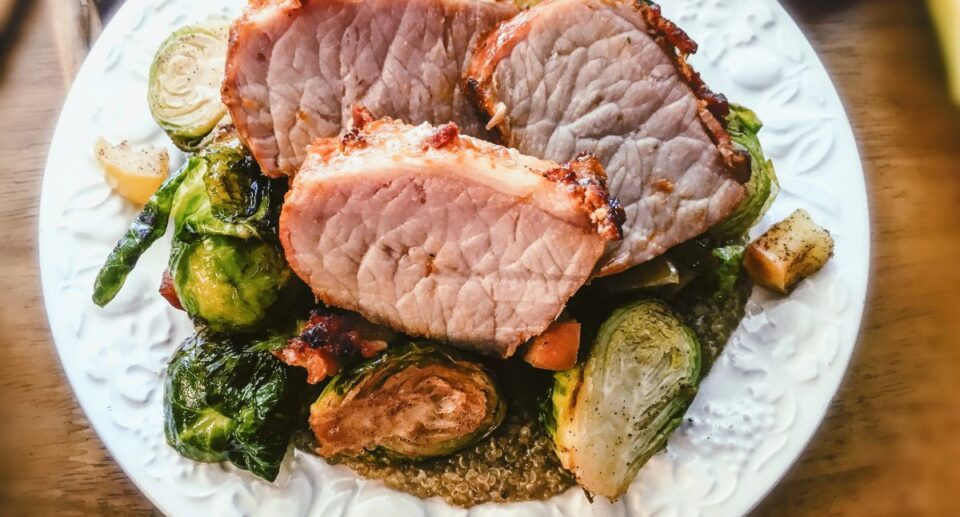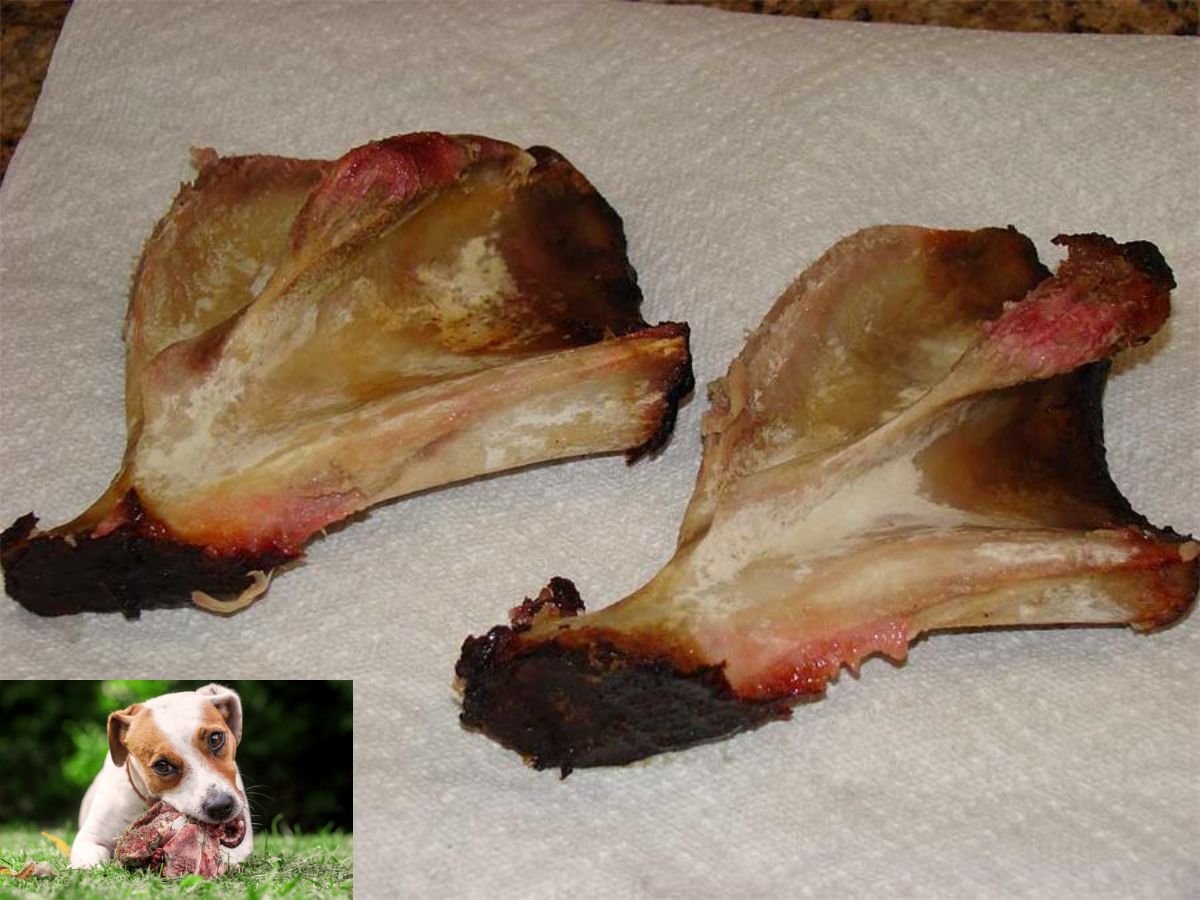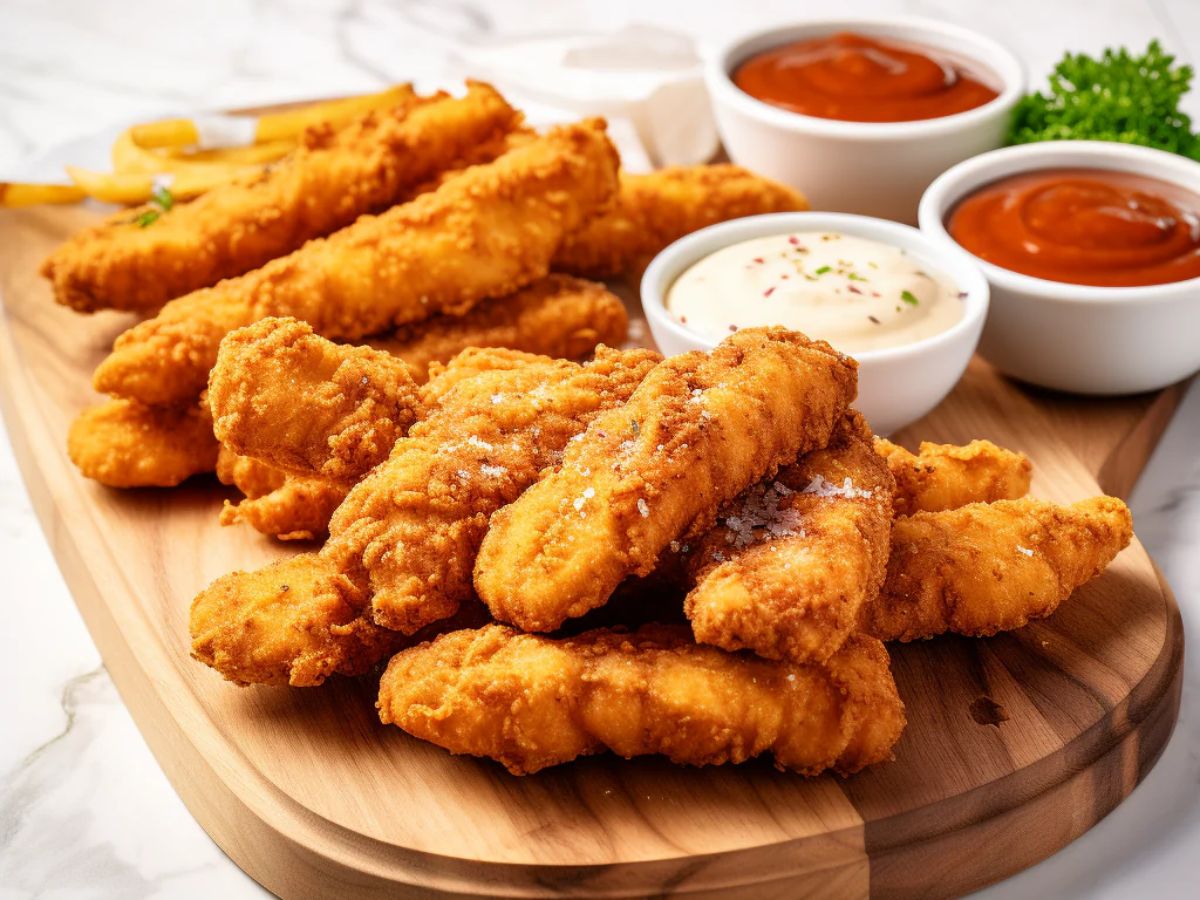What is That White Stuff Coming Out of My Chicken? Is This White Stuff Safe to Eat?
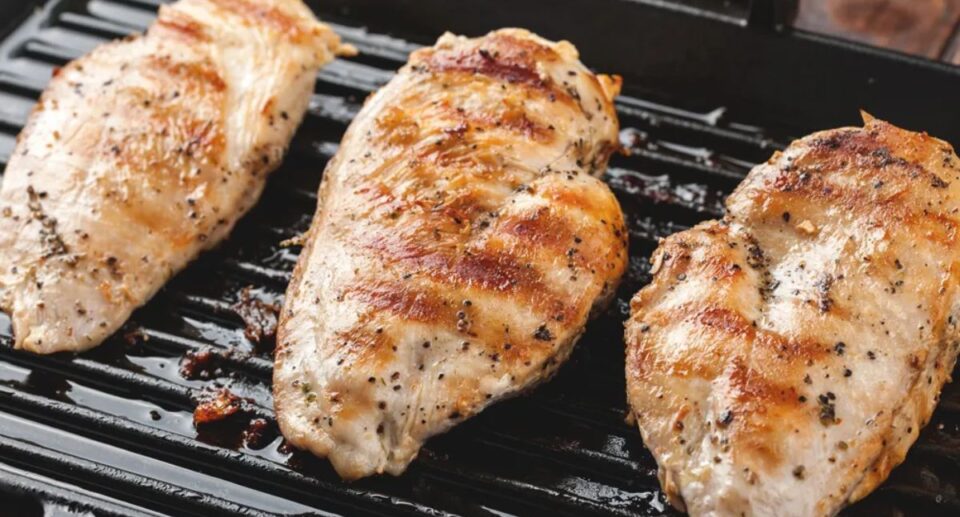
Often when cooking chicken, we find “the white stuff.” It’s that moment when you fetch the chicken breast from the oven and cry, “What’s this?!” Rather than the appetizing look you’d hoped for, it’s secreting an odd white… stuff? Fluids? Indeed, what is this white discharge from chicken?
With my credentials as a professional food writer, cookbook author, chef, and cooking instructor, I’ve addressed countless food-related inquiries. This is just another one on that list, particularly since it’s such a common occurrence. Drew Curlett, a personal chef and culinary teacher based in Baltimore, concurs: “Seeing white discharge from chicken, particularly when baked or roasted, might not be aesthetically pleasing, but it’s quite normal.” Keep reading to discover what it is, and whether it’s safe to consume.
What is that White Stuff Coming Out of My Chicken?
Chicken is known for its high protein content. So, what’s that white substance that appears when you cook chicken? Well, it’s protein! It’s called albumin, notes Paul Greive, who farms chickens and founded Pasturebird. This particular protein is not just in chicken, but also in meats, milk, and eggs.
To comprehend how albumin works, consider its role in eggs. Egg whites, made up mostly of water and proteins, are a good example. They’re clearish when raw and turn white once they’re cooked. This is due to protein coagulation which alters the color and opacity. That’s exactly what happens to the juices in chicken as they cook.
Similar to eggs, raw chicken too is filled with fluids made up of water and protein. When meat is cooked, it shrinks, pushing out some of its inner fluid. “Most of this fluid evaporates while cooking on a pan or grill due to the high heat,” Curlett explains. “However, in something like a standard oven, this fluid gathers and cooks over. This is quite usual when cooking at high temperatures with little liquid or fat, such as baking plain, boneless, skinless chicken breasts.”
Why Does It Show Up Only Sometimes?
Sometimes white goo on your chicken is due to its freeze-thaw cycle. Imagine, you grab frozen chicken from the store. During the ride home, it starts to defrost. The plan is to cook it for dinner, but a sudden change of heart prompts for takeout (why not!). Now, the semi-thawed chicken goes back into the freezer.
White goo may appear due to numerous freeze-thaw cycles. “Cells burst, releasing liquid, when ice crystals form,” McNeil explains. Cooking chicken that was once frozen can squeeze out more fluid. This is because of the damage ice crystals can cause to the cells.”
Imagine this – you freeze some fruit. You grab a small box of fresh berries and toss it in the freezer. When you pull out a few, as they warm up, they start to change. They don’t look the same as before. It’s much like what happens here.
Check This One: Is Delta Valley Chicken Zabiha Halal? Exploring Halal Certification & Consumer Concerns
When Does This White Stuff Coming Out Most?
White stuff appearing on chicken isn’t really about how you cook it. It’s about how you store it. When chicken freezes, water inside it becomes pointy ice crystals. These can break the cell walls, which are full of water and protein. When it thaws, the fluid from these broken cells fills the gaps between muscle fibers. Then when you cook the chicken, the meat scrunches up and some of that liquid gets squeezed out to the surface.
Is This White Stuff Safe to Eat?
According to Greive and Curlett, the white substance in chicken is completely safe. The outer white stuff on your chicken is much like the juices inside, and they’re perfectly fine to consume. Rest assured—your chicken is still good!
Regarding its flavor, the white stuff lacks distinct taste. You may not even recognize you’re consuming it in small quantities. However, if there’s a lot of it, you might notice a gelatinous or squishy feel that some find displeasing. But rest assured, it’s edible.
How to Avoid This White Stuff While Cooking Chicken?
White gunk on chicken? It’s natural but not pretty. Cooking slow and low can help reduce it. Why? High heat shrinks meat really fast, forcing out albumin. Cooking slowly at a lower heat takes more time, sure, but your chicken will thank you by losing less white gunk. How about baking or air-frying? Drop the temperature by around 25 degrees. With a meat thermometer, you can adjust the cooking time easily. Not a fan of the white stuff? Score: fresh chicken, not frozen, for the win!
Does This Happen With Any Other Types of Meat?
All animals produce albumin, which means when you cook meat, you might see some white stuff. This white substance is often seen in meats that were frozen before. Good seafood is usually frozen quickly after being caught to keep it fresh. This means seeing white stuff come out from fish like salmon or shrimp is normal. It’s also usual to see the white stuff seeping out from ground meat items such as burgers and sausages.
Conclusion
The white stuff on chicken is albumin, a protein. It’s in meat, milk, and eggs too. When you see it on chicken, it’s because the chicken was cooked hot and fast without much liquid or fat. It looks like white liquid or discharge. But don’t worry, it’s harmless and much like the juice inside the bird. To avoid albumin when cooking, slow down. Bake or air-fry at lower heats. Fresh chicken has less albumin than frozen chicken. You can also find albumin in frozen meat, fish, and ground meat.
